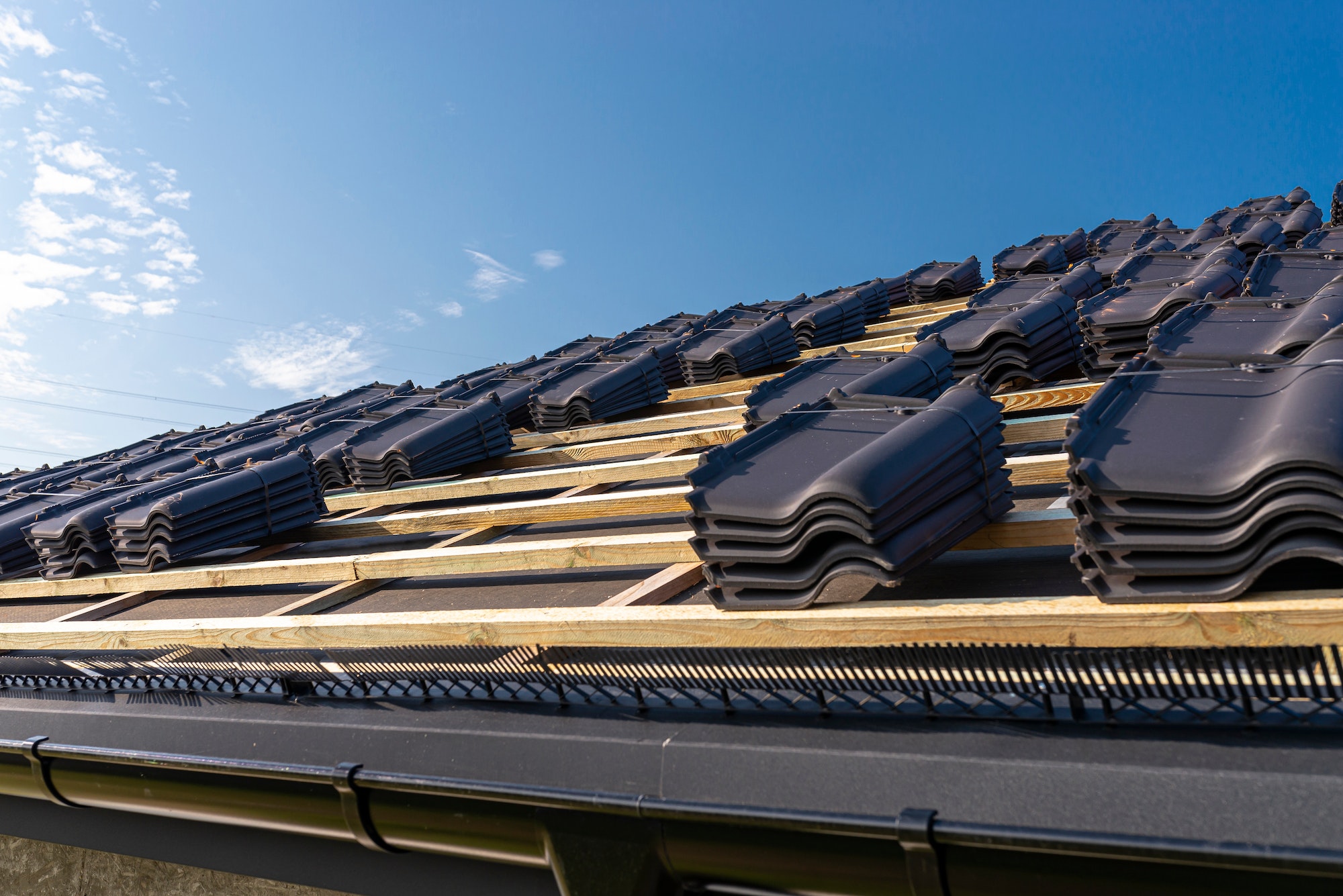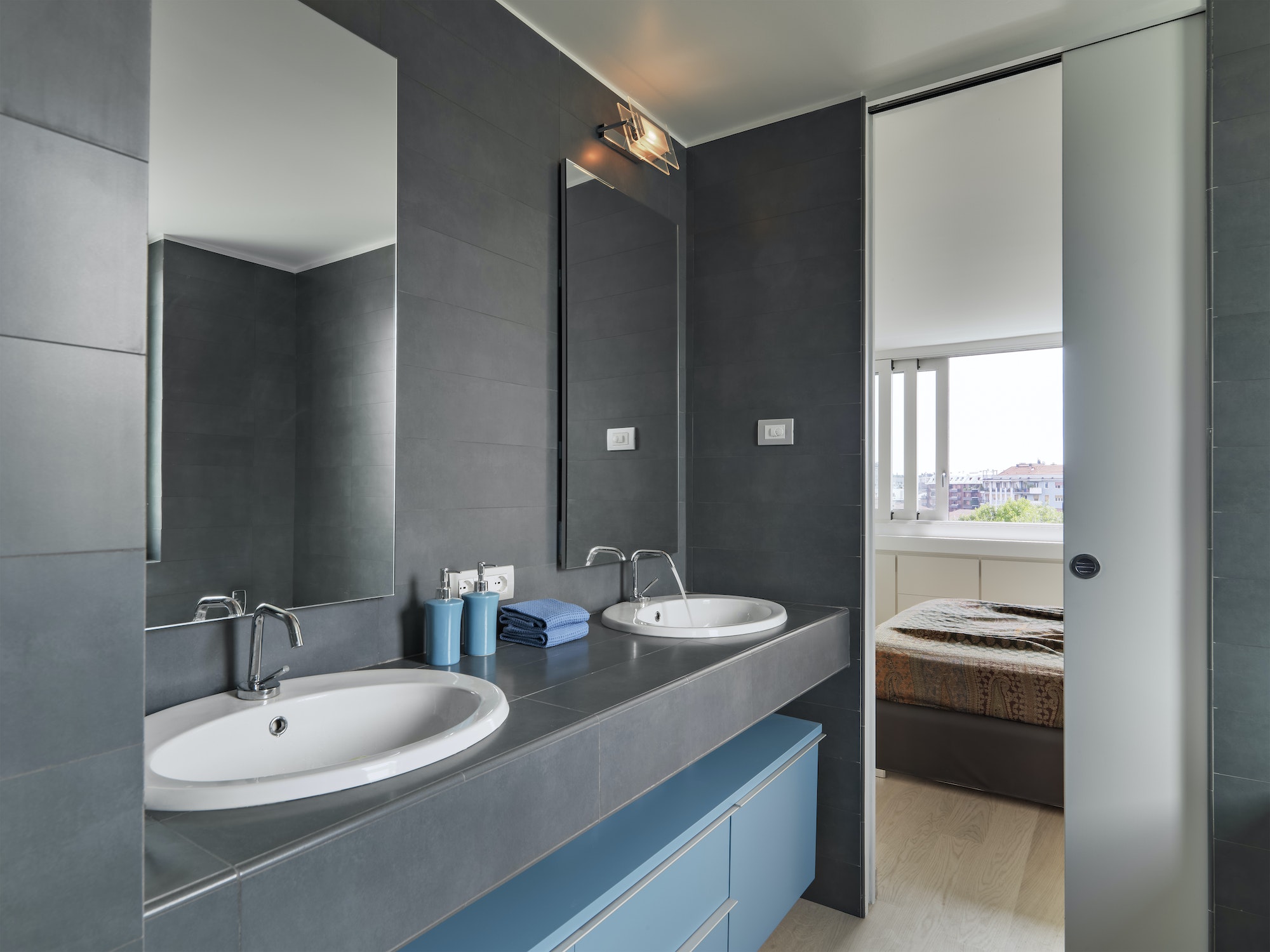The roof is one of the most essential parts of a house. It protects the home’s interior from the elements and can significantly affect its aesthetics. With so many options available in the market, finding a suitable roofing material can be daunting. The last thing you want to do is make a decision you will regret later. Here are some key factors to consider when choosing a roofing material for your home.
1. Durability
Not all roofs are created equal, some materials are more durable than others. If your goal is to have a roof that lasts for many years without requiring regular maintenance, then you should focus on materials such as tile and slate. Metal roofs can also be durable, but they require special installation techniques to get the most out of them. It is worth noting that a roof’s lifespan also depends on other factors aside from the material itself, such as proper installation and maintenance.
2. Cost
No one wants to overspend on their roofing project, so it’s essential to consider the cost of each option carefully. The price of materials can vary significantly depending on factors like quality and availability in your area. If you’re pressed for time and need a roof quickly, then it is worth considering cheaper materials like asphalt shingles.
While price is important, you should also consider value for money. For example, you may find that more expensive material, such as slate, can last much longer than asphalt shingles, making it a better investment in the long run.
3. Climate
The roof is the most exposed part of a house and is constantly subjected to the elements. Choosing a material that suits your local climate is essential, as some materials may be more prone to damage from high winds, extreme temperatures, or heavy rainfall.
For example, if you live in an area with frequent hailstorms, metal roofs can be a good option as they are resistant to hail damage. On the other hand, if you live in an often sunny area, then lighter-colored materials such as tile can help reflect away some of the heat and keep your home cooler during the summer months.
4. Style
The roof makes up a large part of your home’s exterior and should complement the rest of its design. Each material has a unique aesthetic that can add to or detract from your home’s overall appearance. Asphalt shingles, for example, can give a house an attractive “cottage-like” look, while metal roofs tend to have a more modern feel.
Take some time to look at pictures of different roofing designs and materials and think about how they would look on your house. It is also a good idea to consult a designer or contractor who can help you choose the best option for your home’s style.
5. Installation and Maintenance
The installation process and required maintenance will differ depending on the type of material you choose. Some materials, such as slate and tile, require specialized tools and techniques which may not be available to all contractors.
It is also worth considering how much effort you will put into maintaining your roof. For example, metal roofs require regular maintenance to keep them looking their best, while other materials, such as asphalt shingles, may require less attention. The installation cost should also be considered when deciding which material to use. You can get quotes from industrial roofing contractors to get an idea of the cost. The cost of installation and maintenance can have a significant impact on the overall price of the project.
6. Weight
You may be wondering why the weight of a roofing material matters. Well, it’s important to consider the structural capacity of your house when selecting materials. Houses with weaker structures may not be able to support heavy roofs such as tile or slate, so lighter materials such as asphalt shingles or metal may be better suited in these cases. It is important to consult with a structural engineer or contractor to make sure that your home can support the weight of the material you choose.
7. Future Plans
If you plan on selling your home, it is worth looking at materials that can increase curb appeal. Asphalt shingles, for example, have a classic look and are quite popular with buyers. On the other hand, metal roofs tend to be more expensive, but they also add value to a property due to their durability and longevity.
It is also essential to consider your plans when selecting a material. If you plan on staying in the home for many years, it may be worth investing in a more durable material that can last longer and require less maintenance.
There are many things to consider when selecting a roofing material for your house. You should consider each factor, from climate to style and weight to make an informed decision that is best for you, your home, and your budget. Researching different materials can help ensure that you choose the right roof for your home.
Discover more from Futurist Architecture
Subscribe to get the latest posts sent to your email.



